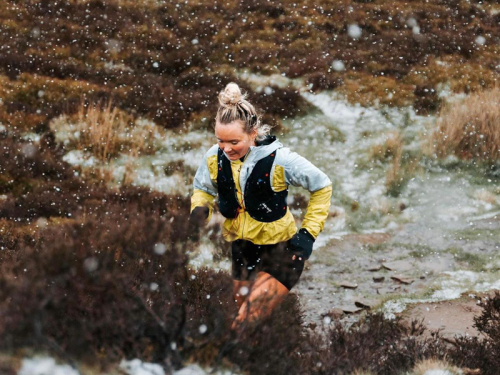Meet Yorkshire's Cricket Bat Makers Keeping Heritage Alive
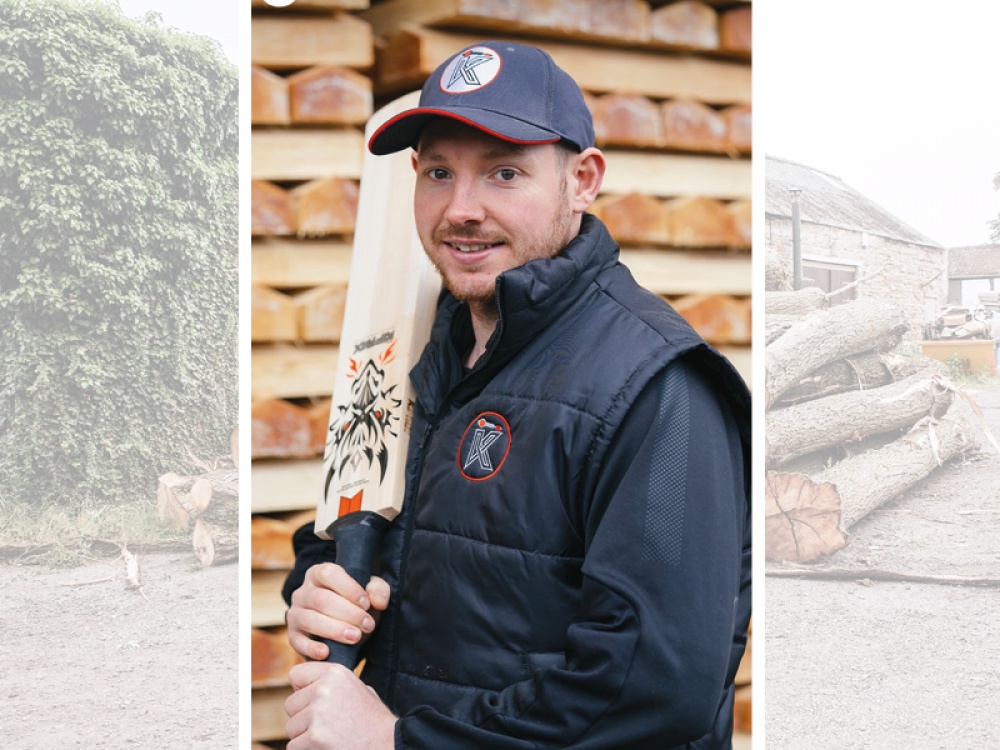
In celebration of keeping heritage crafts alive, Living North meet the team at Yorkshire's family-run business Kippax Cricket Bats
The story of Kippax Cricket Bats began in 1976 when first-class cricketer Peter Kippax (who played for Yorkshire, Durham and Northumberland) launched the business. ‘He originally started making bats after he went to a talk and decided he wanted to start his own business,’ says marketing manager James Glynn, who is in charge of social media and sales but is also hands-on. ‘The company has been based in four different places. It was originally in Huddersfield, then they moved to Ossett, then Bradford, and now we’re based in Methley. Chris took over from his dad [Peter] in 2000.
‘Back when Peter was running it everything was hand-crafted, but now there’s different ways of drying your willow to get it lighter and machines that can part-help you through the process, which has helped the business develop. We’ve got a good brand name in Yorkshire now. We’re a strong brand that’s got bigger over the years and we’ve built up our customers and clients.’
There have always been challenges for the company but during the pandemic (with two to three years without a full cricket season), Kippax Cricket Bats faced arguably its biggest one. ‘When cricket isn’t being played no-one’s buying equipment, so you’re not selling equipment, and people also aren’t buying the raw product – which is where we do a lot of our business (selling the clefts as well as the bats).’ Clefts are long wedges split along the grain which form the blade of the bats.
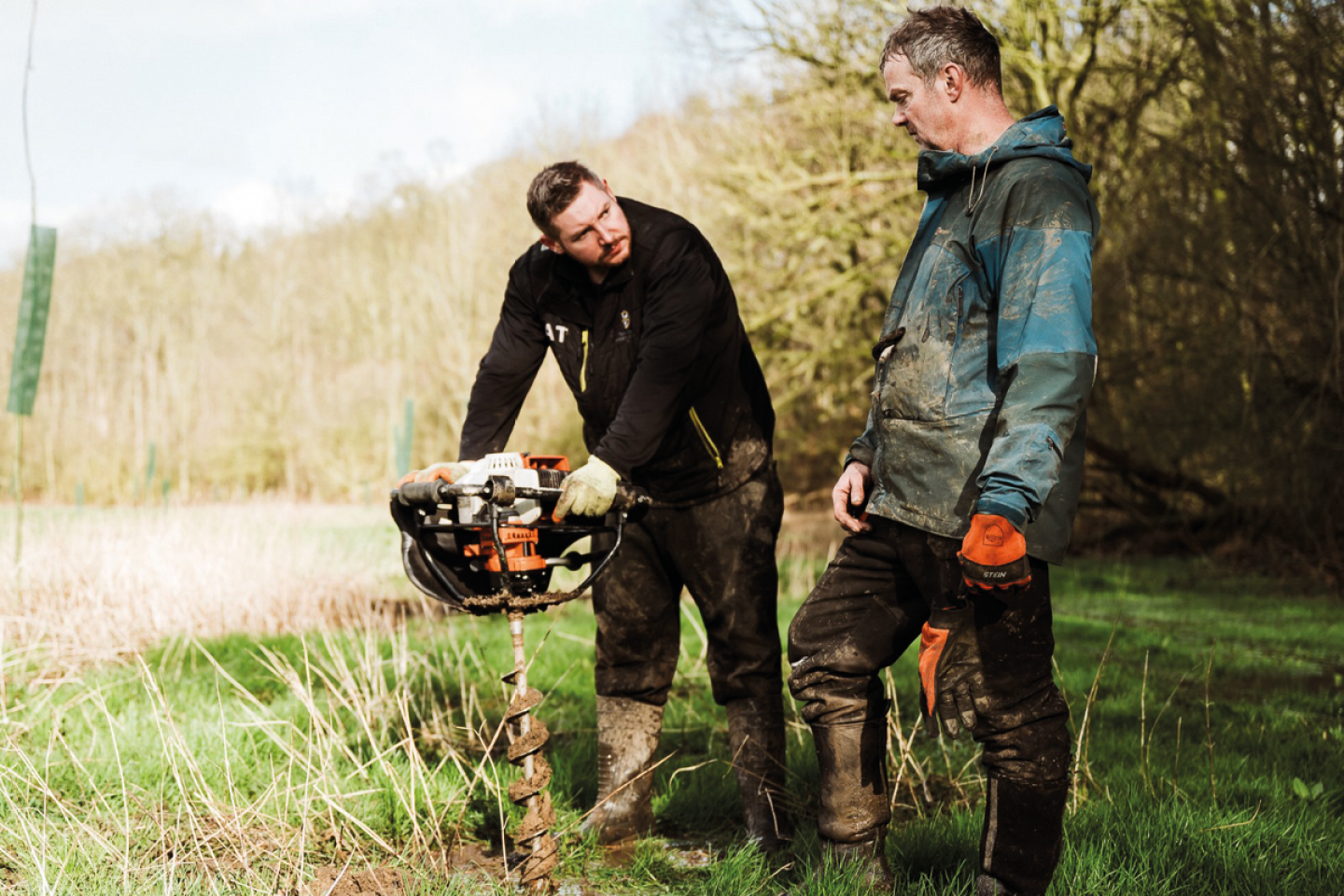
Kippax Cricket Bats also have designed their own patented handle called the WAVEX handle. ‘It acts like an anti-vibration device,’ James says. ‘A lot of other companies stick with using the traditional standard straight handle.’ Kippax’s wave (or ripple) structure redirects this energy back to the impact point, transferring more energy back to the ball. It’s these unique details that set their bats apart. ‘Some companies just focus solely on making bats and there’s probably two or three companies in the whole of England who focus on making the raw products.’
Kippax grow their own willow trees in their own woodlands in Yorkshire. The ‘set’ (or sapling) is already four to five years old when it’s planted, and won’t be felled for another 15 or more years. ‘We grow them, nurture them and then turn them into bats,’ James explains. ‘So we do both sides of the business. That really helps to keep us be unique. I think it’s really important in this business to constantly have a cycle of replanting trees. Realistically we’re looking for sites that have a good water source and that are out of the wind because high winds can damage the trees. We need to put tree guards on them from a young age so rabbits and deer don’t have a nibble on them. For the first five years after being planted we cut the little side branches off, and after they’re five years old we probably go back just once a year until they’re ready to be cut down. By law, every time you take a tree down, you have to plant another one. We try to plant more than one per tree so that in 15 to 16 years time we have more trees ready to turn into clefts.
‘The trees come into our yard as trunks. We then chainsaw the trunk into 30-inch rounds so when they’re stood up they’re normally just a little bit higher than knee-height. Then we split the round. Normally you should get, on average, 40 to 50 clefts out of a tree. Once we’ve split the round into the cleft sizes they’re shaped into the cricket bat shape with the spine at the back. They then get waxed and go into our kiln which takes around five weeks to dry them. Once dried, Chris will grade and quality check them all and we’ll decide which ones we want to keep for ourselves and which ones we’d like to sell. At that stage we then put a handle on them, sand them and turn them into the final product.’
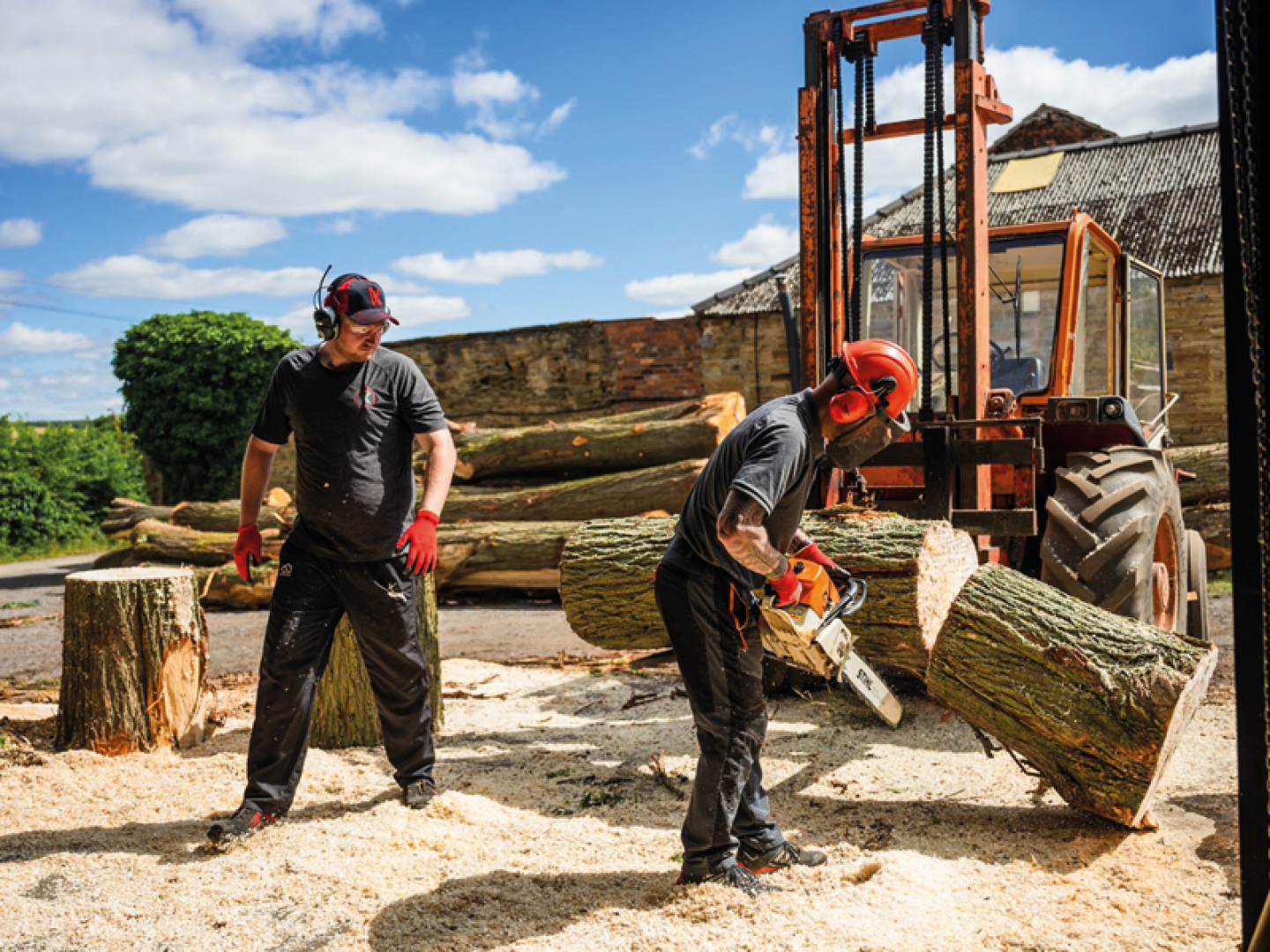
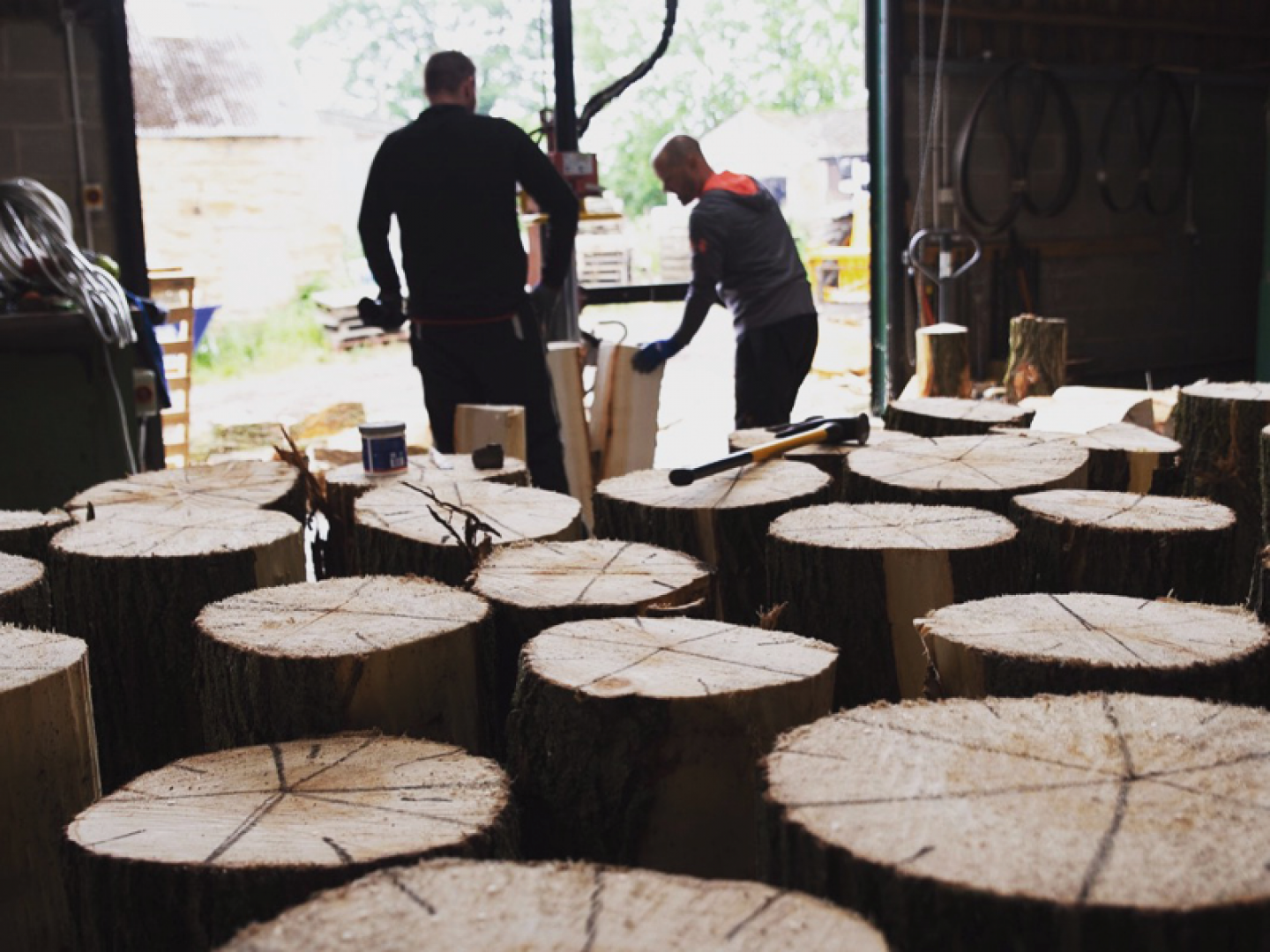
The making of willow cricket bats is considered an endangered craft, and this type of manufacturing takes place at very few sites around the country. ‘Cricket is traditionally an English game. The cricket bats we use throughout the whole world are [made from] English willow which can only be grown in England, so it’s really important that we stick to the traditions,’ says James. ‘A lot of bats now are being made in the subcontinent so we send a lot of clefts out there which are then sent back complete, so sadly you’re losing that tradition and the hand-crafting which is what a lot of people like. They want to know they’ve been made from scratch, locally, using English crafts.’
James says the best part of his job is that no two days are the same. ‘At the moment we haven’t had any trees in the yard because it’s been so wet and the farmers haven’t let us onto the field to cut them down. So we’ve been sticking the handles into the cricket bats,’ he says. ‘It takes 24 hours for the glue to set so when we get in first thing in the morning we hand-craft them to a certain stage so they’re ready to come over and be sanded and polished.
‘Normally we can do 20 to 40 bats from start to finish in a day, but when we’ve got the trees in, the morning starts on our JCB and splitting the rounds. Once we have a batch of clefts they go onto the saw (cutting the width, length and spine). Then it’s an important job, but what I think is the hardest job, standing over a waxing pot and dipping both ends of the cleft into the wax to stop it from splitting when it comes to drying.’
Whilst James always looks to push the brand forward, and get more professional players using their kit, owner Chris remains happy continuing to replant trees and sell his bats. ‘The most important part is constantly replenishing the trees,’ James says. ‘Without the tree you don’t have the cleft and without the cleft you don’t have the bat. It’s important year-in-year-out that we get the trees planted to keep it all going.’
Find out more about the business and browse the bats at kippaxcricket.co.uk, call 01977 550303 or book an appointment at their workshop at The Barn, Melwood House Farm, Methley Lane, Methley, Leeds LS26 9HA.
– OUR ARTS EDITOR’S TOP PICKS –
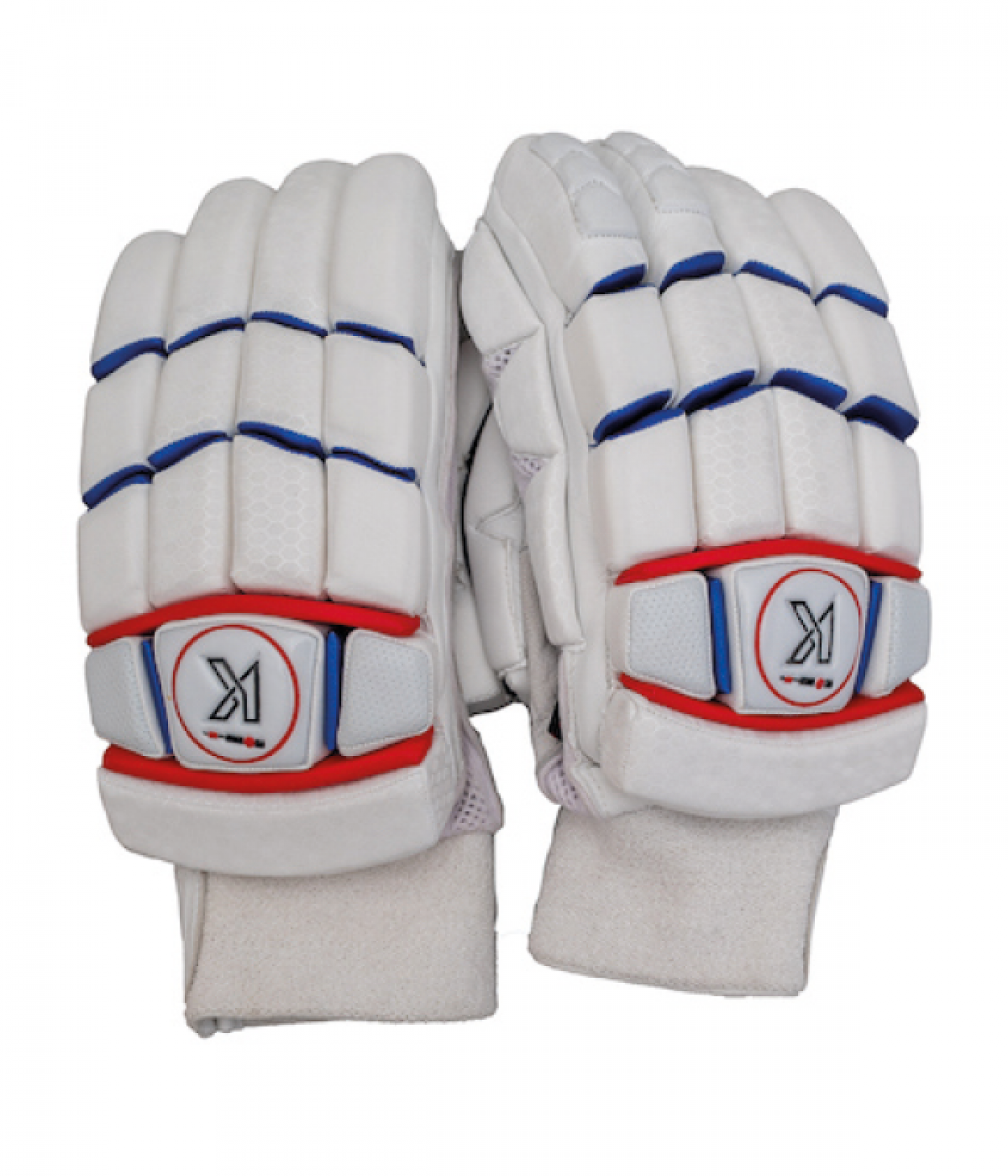
Adult Kippax Batting Gloves, £95
These gloves are designed for lightweight and breathable comfort.

4 Star Colossus 2024, from £295
With a 35mm edge this bat has no concaving and is a good alternative to the KX-R.
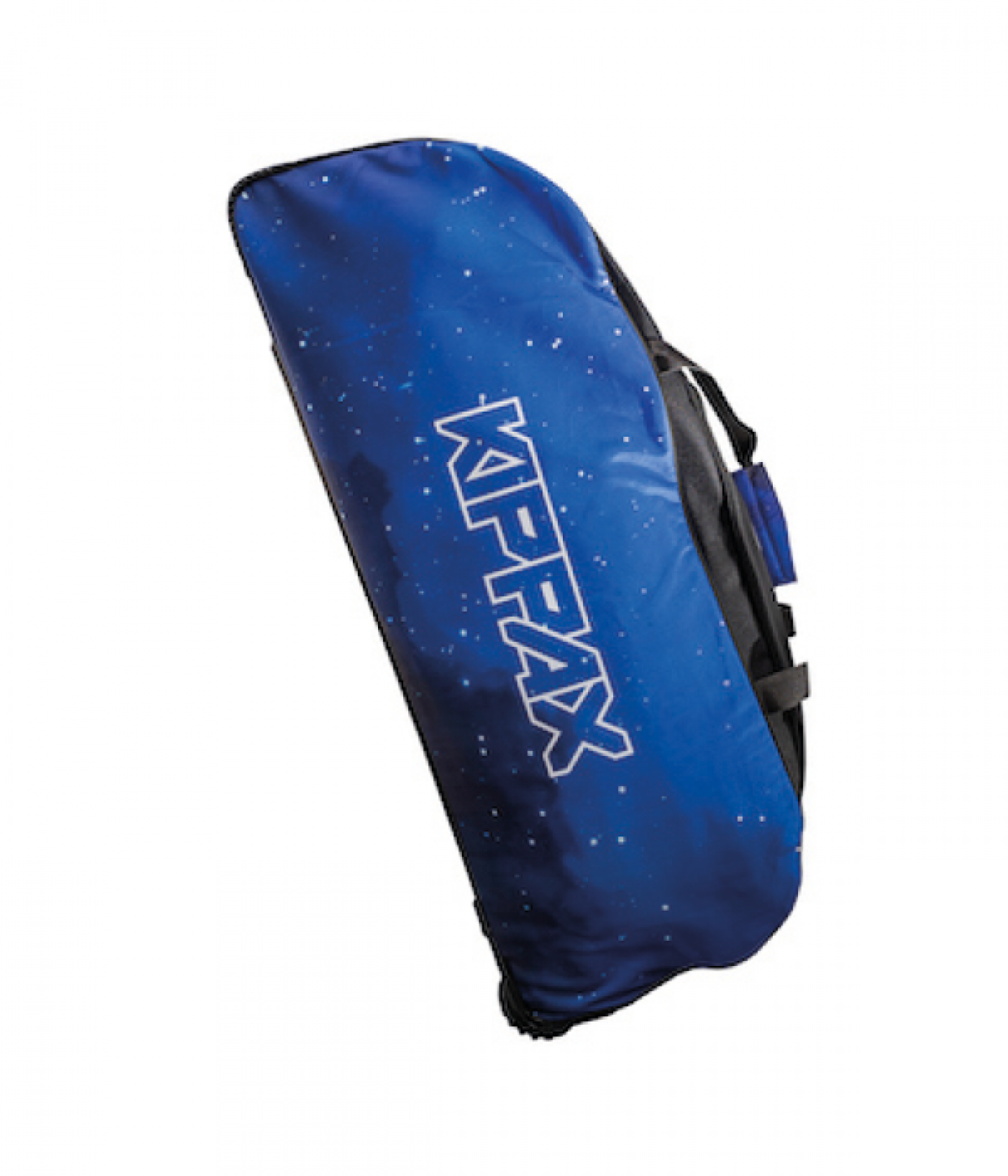
Kippax Wheelie Bag, £95
To carry your kit with ease.




